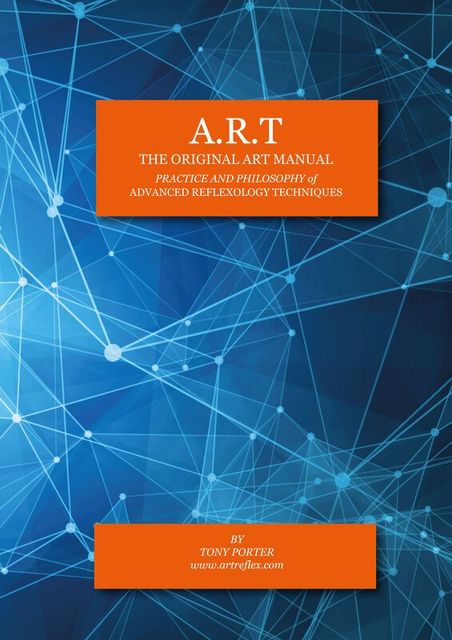About Tony
- Member of the London and Counties Society of Physiologists (LCSP)
- Began practicing physical therapy and reflexology in 1974
- Studied Ortho-Bionomy with founder Arthur Lincoln Pauls
- After a meeting with the late Dwight Byers nephew of Eunice Ingham, he was invited to work at the International Institute of Reflexology Head office in St. Petersburg, Florida.
Travelled with Dwight and individually giving seminars Internationally for over 20 years.
- Ran the London office of the I.I.R for ten years.
- Maintained a very busy practice in north and central London.
- Realising the importance of applying the appropriate contacts to a reflex he developed a system of techniques known as A.R.T. (Advanced Reflexology Training). This later developed into Focused Reflexology® to better describe the approach.
- The important factor in reflexology is to recognise that a painful reflex does not necessarily indicate a problem to its related area. It is the nature of the reflex texture which is the key. Not being aware of this gives a completely unreliable assessment of the clients reflex status.
The concepts of Focused Reflexology are taught internationally.
Founder/Director A.R.T. (Advanced Reflexology Techniques) and Focused Reflexology
Tony's Blog


The Advanced Reflexology Manual
This is the original seminar textbook, which explains the philosophy and techniques of ART. It is a compilation of the ART seminar teaching as taught by ART founder Anthony Porter.
A4 size 120 pages. 170 photographs. 42 illustrations.
Digital download version Price £12.00
The Advanced Reflexology ART DVD
Are you benefiting from the full potential of your practice? Advanced Reflexology Techniques (ART)® can help your practice become more successful. This DVD will help you to become a more effective reflexologist, therefore creating a busier and more profitable practice.
Tony Porter is world renowned for his individual approach to reflexology. Now you can experience these effective techniques with the ART® DVD.
This specially devised DVD has been produced with both the newly qualified and experienced reflexologist in mind.
- Introduction to the basic ART techniques.
- Learn how to create the proper type of stimulus for effective reflexology.
- Learn the importance of loosening the feet before and during treatment.
- See how the disturbed reflex areas are detected and treated far more easily with ART techniques.
- The ART techniques help to build a busier and more successful practice.
Digital download version Price £20.00
Having an interest in the Buddhist and Zen philosophy I have some favourite poems and writings.
This is one of them and it particularly relates to those of us in the health professions.
The human body, at peace with itself
Is more precious than the rarest gem.
Cherish your body, it is yours this one time only.
The human form is won with difficulty, it is easy to lose.
All worldly things are brief,
Like lightening in the sky;
this life you must know
As the tiny splash of a raindrop;
A thing of beauty that disappears
Even as it comes into being,
Therefore set your goal and
Make use of every day and night
To achieve it.
This was written by Tsongkhapa who was a 14th century Tibetan Lama and Buddhist.





